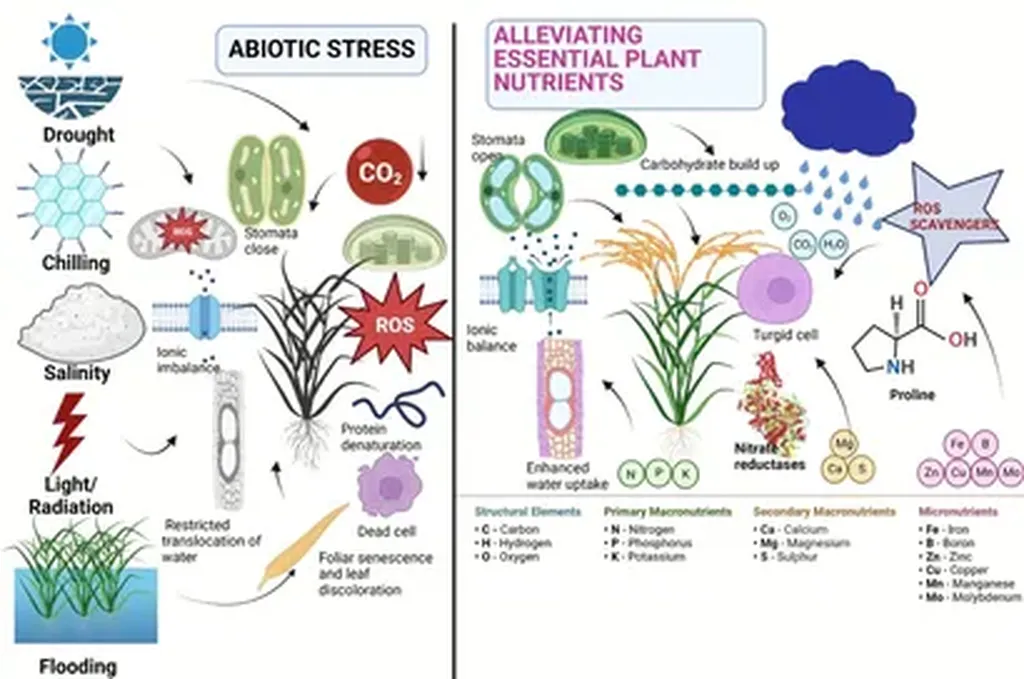In the heart of China’s agricultural research landscape, a groundbreaking review published in the journal *Plant Stress* (translated from Chinese as *植物应激*) is set to revolutionize how we approach plant growth and stress responses. Led by Yuling Guo from the State Key Laboratory of Cotton Bio-breeding and Integrated Utilization at the Chinese Academy of Agricultural Sciences, the research delves into the transformative potential of computer-aided drug design (CADD) in discovering novel phytohormone analogs.
Phytohormones, the chemical messengers that regulate plant growth, development, and stress responses, have long been a focal point in agricultural research. However, the discovery of new analogs has been hampered by complex signaling pathways, limited structural diversity, and the high cost of conventional methods. Enter CADD, a powerful tool that is expediting lead compound discovery and facilitating the exploration of new phytohormone analogs.
Guo’s review provides a comprehensive analysis of CADD’s role in identifying analogs of major phytohormones, including auxin, gibberellin (GA), cytokinin (CTK), abscisic acid (ABA), ethylene (ETH), and brassinolide (BR). “CADD has become central to the rational design of new phytohormone analogs,” Guo explains. “Key computational methodologies such as structure-activity relationship (SAR) analysis, molecular docking, and molecular dynamics (MD) simulations are paving the way for breakthroughs in phytohormone research.”
The review highlights that ABA analogs are the most extensively studied, resulting in highly efficient and versatile compounds. In contrast, BR analogs remain underexplored, despite their significant agricultural potential. This disparity presents a lucrative opportunity for researchers and commercial entities alike to invest in BR analog development, potentially unlocking new avenues for crop improvement and stress management.
The commercial implications for the energy sector are particularly noteworthy. Efficient plant growth and stress management can lead to increased biomass production, which is crucial for bioenergy crops. By leveraging CADD to develop novel phytohormone analogs, the agricultural sector can enhance crop resilience and productivity, ultimately contributing to a more sustainable and efficient bioenergy supply chain.
However, the pursuit of phytohormone analogs via CADD is not without its challenges. Guo emphasizes the need for more accurate models and advanced algorithms to predict hormone-receptor interactions and metabolic pathways. “Emerging technologies such as quantum computing and artificial intelligence (AI) promise to enhance the precision and efficiency of predictive modeling and simulations,” Guo notes, hinting at the future trajectory of this research.
As the agricultural industry continues to evolve, the integration of advanced computational tools like CADD will undoubtedly play a pivotal role in shaping the future of plant science. Guo’s review not only underscores the current state of phytohormone analog discovery but also sets the stage for innovative advancements that could redefine agricultural practices and energy production.
In the quest for sustainable and efficient crop management, this research offers a glimpse into a future where technology and agriculture converge to create unprecedented opportunities for growth and innovation. As the world grapples with the challenges of climate change and food security, the insights gleaned from this review could very well be the catalyst for a new era in agricultural science.

